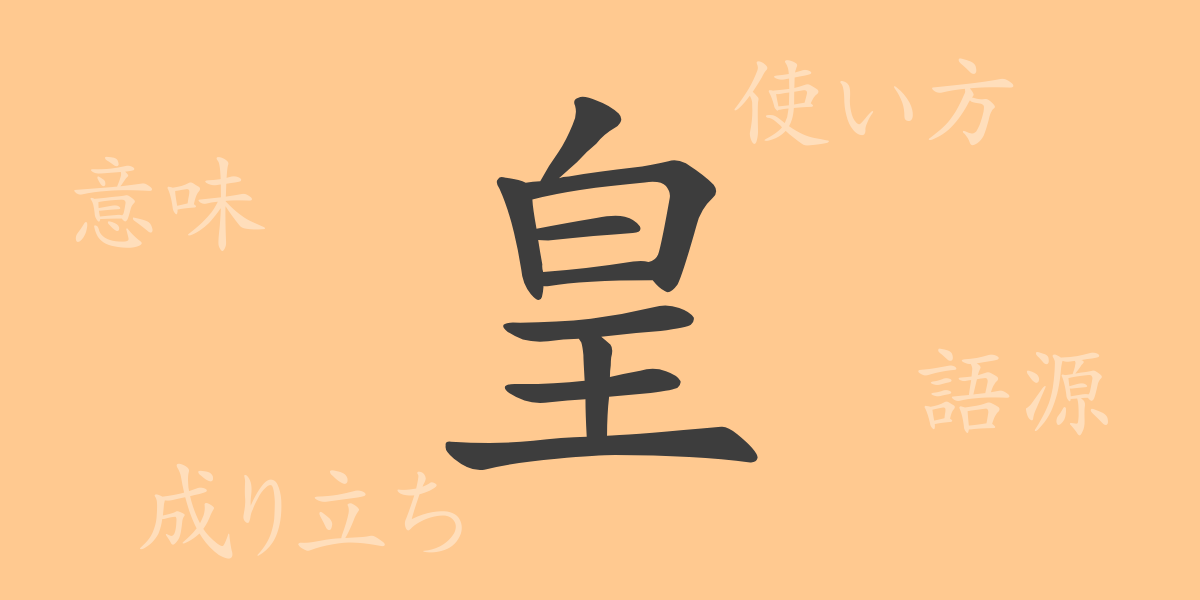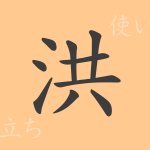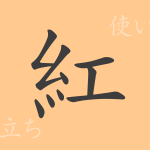The kanji “皇(こう)” symbolizes the Japanese Imperial Family and is deeply rooted in Japan’s culture and history. This character embodies authority and dignity, holding a special place in the hearts of the Japanese people. In this article, we will delve into the origins, meanings, usage, readings, and related idioms of “皇(こう),” highlighting its importance.
Origin of 皇(こう)
The kanji “皇(こう)” is derived from ancient Chinese pictographs. Initially, it depicted a great person wearing a crown. Over time, this character came to represent the emperor and was eventually adopted in Japan to refer to the Imperial Family and royalty.
Meaning and Usage of 皇(こう)
“皇(こう)” signifies concepts related to the emperor, royalty, and the Imperial Family, symbolizing high dignity and authority. In Japan, it particularly refers to the Imperial Family centered around the Emperor, respected as the nation’s symbol. This character is also used in laws and systems related to the Imperial Family, such as succession and the Imperial Household Law.
Readings, Stroke Count, and Radical of 皇(こう)
The kanji “皇(こう)” reflects its weighty meaning and complexity in its structure.
- Readings: The on-yomi (Chinese reading) is “コウ,” with no kun-yomi (Japanese reading).
- Stroke Count: 9 strokes.
- Radical: 白 (しろ・しら) – white.
Idioms, Phrases, and Proverbs Using 皇(こう)
Many idioms and phrases containing “皇(こう)” relate to the Imperial Family and royalty. Here are some examples:
- 皇太子(こうたいし) – Crown Prince, the royal family member expected to ascend to the throne.
- 皇后(こうごう) – Empress, the wife of the Emperor.
- 皇位(こうい) – The throne or imperial authority.
- 皇室(こうしつ) – The Imperial Family, consisting of the Emperor and their relatives.
Conclusion on 皇(こう)
The kanji “皇(こう)” is closely tied to Japan’s identity. From its origins to its modern meanings and usage, this character plays a significant role in Japanese life. Understanding the weight of this single character in cultural and linguistic contexts is essential for respecting Japan’s traditions and history.

























